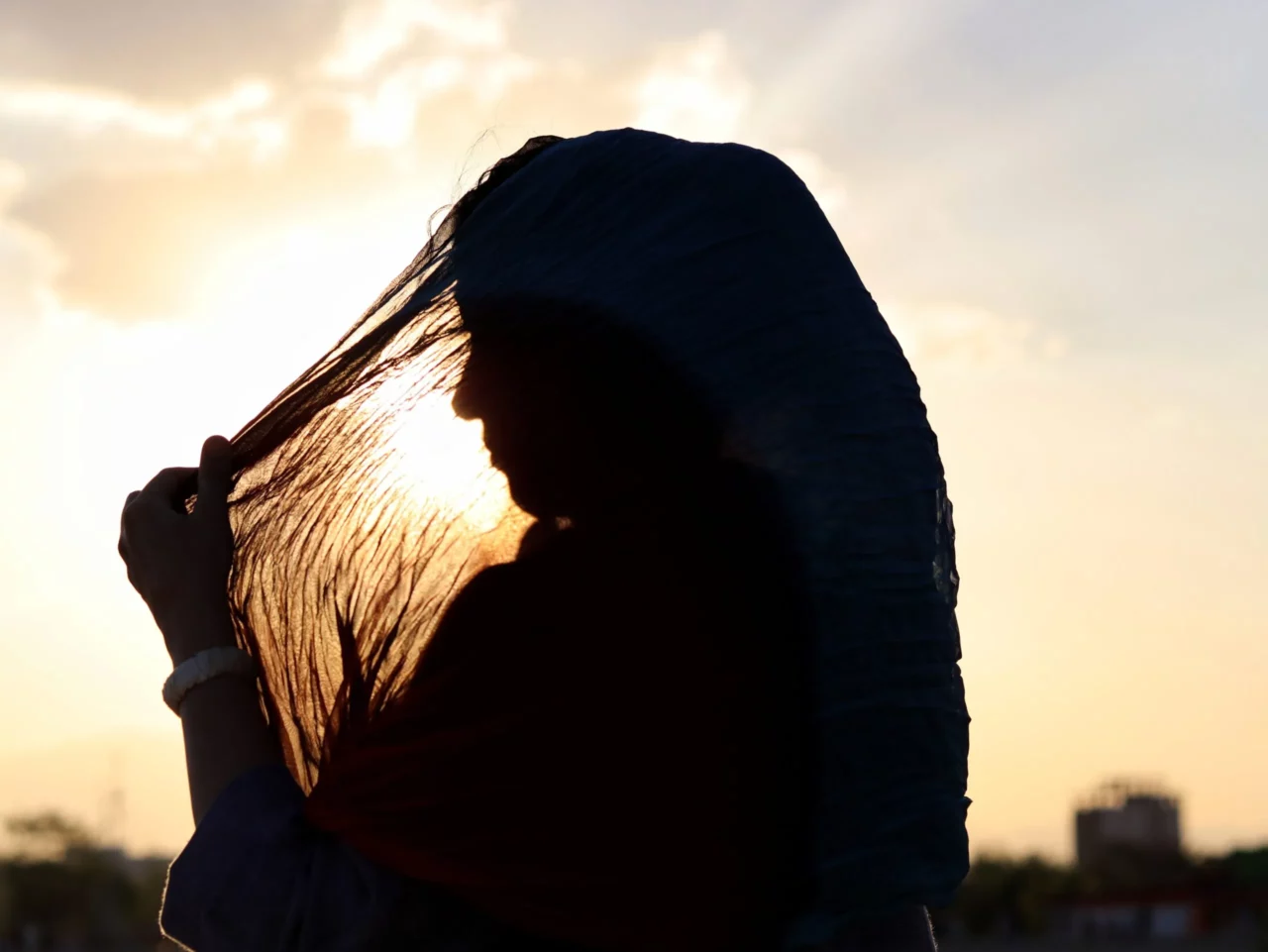Women bear the brunt of constraints by the state and are protesting for their social and economic rights. The protests have seen women taking to the streets without hijabs, cutting their hair, and tearing down pictures of Grand Ayatollah Ali Khamenei and the assassinated general Qassem Suleimani.
A unifying movement
Notably, the protest sees people from Kurdish, Persian, and minority populations uniting for a common cause. 5 protestors in Iran have shared their stories directly, providing insight into the reality of the experience of the ongoing protests.
Many have tragically died in these protests, with numbers ranging from 17 to 41 people and suggestions that this number could be higher than reported.
The hijab and women
Often, conversations around the hijab are derailed by misunderstandings or Islamophobia. Some responses to the unfolding situation in Iran from a Westernised lens have linked the outcome to a perception of Islam as an oppressive religion.
What’s crucial here is the right for women to choose, and be safe in that choice. The movement in Iran is driving global, urgent conversation about the rights and safety of women.
A global cause
In countries including India and France, women who wish to wear the hijab have been fighting for their right to be allowed to wear this symbol of their faith publicly.
We have seen movements around the overturning of Roe v Wade in America. There has also been pushback against tightening abortion rules in Hungary.
What’s crucial in our response is not condemning this uprising as an Islamic problem. Leaning into divisions and polarisation does not aid us in making a positive impact to inclusion globally. Instead, it’s important to look at the core of the issue itself which is the restriction of women’s rights and gender-based violence.
What can we do?
- Be clear and open in conversations about this issue. It’s not about religious dress in itself, but about a state removing autonomy and using violence against women.
- Amplify the voices of Iranian women. Hashtags such as #OpIran, #MahsaAmini and #HadisNajafi are bringing together voices talking about the protests and the cause.
- Consider supporting humanitarian causes. Examples include Amnesty Iran and Iran Rights.



